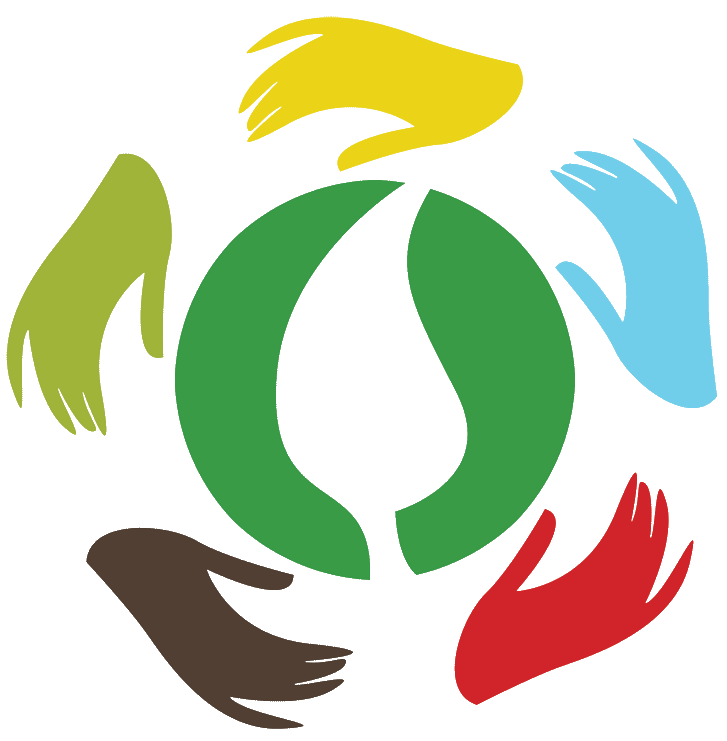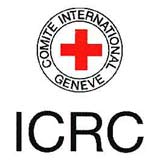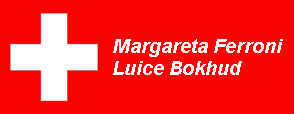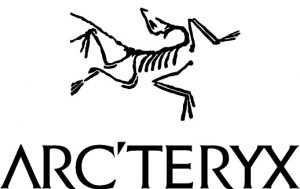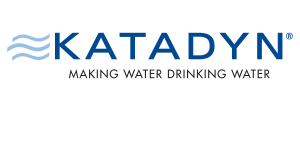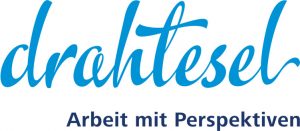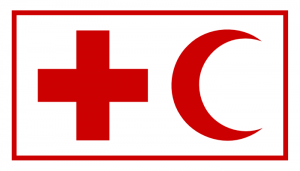Tokoroa and planting tree with birds and forest conservation
WednesdayApril 9th.
 After leaving the Balloon Festival in Hamilton I started to cycle to Tirau (which is in the South Waikato District) where I was met by Stewart and Kathleen Gray. They took me to a meeting in Putaruru where I was to speak to members of the Royal Forest and Bird Society. This was all arranged for me by Roberta’s sister Anne who is the chair person for the South Waikato Branch and her husband Jack who is secretary.
After leaving the Balloon Festival in Hamilton I started to cycle to Tirau (which is in the South Waikato District) where I was met by Stewart and Kathleen Gray. They took me to a meeting in Putaruru where I was to speak to members of the Royal Forest and Bird Society. This was all arranged for me by Roberta’s sister Anne who is the chair person for the South Waikato Branch and her husband Jack who is secretary.
The Royal Forest and Bird Protection Society of New Zealand is New Zealand ’s largest national conservation organisation. The Society’s mission is to preserve and protect the native plants and animals and natural features of New Zealand .
Forest and Bird is active on a wide range of conservation and environmental issues. These include the protection of native forests, tussock grasslands, wetlands, coastlines and marine ecosystems, energy and resource conservation, sustainable fisheries and sustainable land management. Forest and Bird is also involved in South Pacific rainforest conservation work and is working to ensure the protection of Antarctica from environmental damage. The Royal Forest and Bird Protection Society of New Zealand is New Zealand ’s largest national conservation organisation. The Society’s mission is to preserve and protect the native plants and animals and natural features of New Zealand .
www.forestandbird.org.nz check out their website. Kiwi Conservation club is the children’s club for conservation. The New Zealand Government also have a Conservation Department DOC also has camping grounds around NZ.
check out http://www.doc.govt.nz/
After a nice lunch I spoke to the group of mainly older people for 30mins, then I traveled with the group to visit the farm of Joanna and Piet Duitz- Ebbling, who were finalist in the farm enviroment awards 2007. Joanna and Piet have planted and fenced off their stream banks and planted trees to prevent runoff from the soil affecting water quality.
I then planted two trees a lemonwood and a cabbage tree. Farmers in New Zealand can apply for funding for fencing off stream banks and for purchasing trees to top farm effluent running into the water.
check out. http://www.ew.govt.nz/projects/cleanstreams.htm
After afternoon coffee I travelled with Jack and Anne to Jim Barnett Scenic Reserve,
In Waotu, which their branch of Forest and Bird have been looking after for the South Waikato District Council. This bush was first cut and milled in 1920, mainly native Totara and Rimu trees. Today only small fragment remains of the orginal forest which now has very good regeneration coming through. I walked around and saw all the native trees they have planted over the last 15 years. Mainly 5-600 trees each year. People may camp in this beautiful reserve which has many native birds.
They showed me a 1000 year old Totara tree.
Jack and I in front of the Totara tree I then went to the home of Brian and Jocelyn Pepperill who I stayed with for Wednesday and Friday night. I shared a lovely evening meal with my new friends
Jack & Anne Groos Brian & Jocelyn Peperill. Brian and Jocelyn live on a small lifestlye block farm and rear beef cattle in Putaruru. Thursday morning Brian took me to met Max Rigg at Putaruru Primary School . Thursday I stayed with John and Anne Crabb who live in Tirau. John and Anne took me to see Maungatautari Mountain where they both do voluntary work. The Mountain has been completely fenced with a preditor proof fence.
All the preditors goats deer possus rats mice stoats weasels have all been poisened so the mountain can be restored to its former glory. The photo shows the first kiwi chick hatched on the mountain for 100 years.
http://www.maungatrust.org/home/index.asp
New Zealanders are called kiwis after this bird
The whole area has then been poisened to kill all
10 April 2008
کاشت درخت به همراه گروه محافظان پرندگان و درختان در توکوروآ
چهارشنبه 9 آوریل
بعد از ترک جشنواره بالون در همیلتون شروع کردم به رکاب زدن به سمت تایرو[1][1] ( که در بخش وایکاتو جنوبی ست ) جایی که استوارت و کاتلین گری ملاقاتم کردند.اونها منو به جلسه ای در پوتارورو[2][2] بردند، جایی که می خواستم با اعضای انجمن سلطنتی جنگل و پرنده صحبت کنم. تمام اینها توسط “آن” خواهر روبرتا که رئیس شاخه وایکاتو جنوبی ست و همسرش جک که دبیر آنجاست ، برایم برنامه ریزی شده بود.
انجمن سلطنتی حفاظت از پرنده وجنگل نیوزلند، بزرگترین سازمان حفاظت ملی نیوزلند است. ماموریت انجمن حفاظت و حمایت از گیاهان و حیوانات بومی و ویژگی های طبیعی نیوزلند است.
جنگل و پرنده در حوزه وسیعی از حفاظت و مسائل زیست محیطی فعالیت دارد که شامل حفاظت از جنگل های بومی، چمنزارها و علفزارها، تالابها ، خطوط ساحلی و زیستگاههای دریایی، حفاظت از منابع و انرژی، ماهیگیری و مدیریت زمین پایدار می شود. همچنین جنگل و پرنده در کار حفاظت از جنگل های بارانی پاسیفیک جنوبی نیز شرکت داشته و برای حصول اطمینان نسبت به حفاظت آنتارکتیکا ازصدمه زیست محیطی فعالیت می کند.
سری به سایتشون بزنید.
www.forestandbird.org.nz
کلوب حفاظت از کیوی، کلوب حفاظت مخصوص کودکان است.همچنین دپارتمان حفاظت دولت نیوزلند
( دی.او.سی) زمین هایی در اطراف نیوزلند ویژه اردو زدن دارد.
سری به این سایت بزنید.
http://www.doc.govt.nz/
بعد از یک نهار خوب، 30 دقیقه با جمع تقریبا مسن تری از اون افراد صحبت کردم، و بعد از اون همراه با گروه به بازدید مزرعه جوانا و پیت دویتز – ابلینگ [3][3]، که فینالیست مسابقه مزرعه محیط زیست 2007 بودند رفتیم. جوانا و پیت ذخایر نهرهای آب خودشون رو حصار کشی کرده و برای جلوگیری از تاثیر آبهای فرعی خاک بر کیفیت آب ،درخت کاشته بودند. بعد از اون من 2 تا درخت لیمو و کلم ؟کاشتم.
کشاورزان مزارع برتر در نیوزلند می توانند برای تامین وجه حصارکشی ذخایر آبی و خرید درخت جهت جلوگیری از ورود فاضلاب و نهرهای فرعی به آب، تقاضا دهند.
این سایت رو ببینین.
http://www.ew.govt.nz/projects/cleanstreams.htm .
بعد از قهوه بعد از ظهر همراه با جک و آن به ذخیره گاه خوش منظره جیم بارنت در واتو[4][4] ، جایی که شعبه پرنده و جنگل آنها جهت شورای منطقه وایکاتو جنوبی به دنبال آن می گشت رفتیم. این گیاه اولین بار در سال 1920 ؟ بود، اکثرا درختان بومی توتارا و رایمو. امروزه تنها قطعات کوچکی از جنگل اصلی باقی مانده که اکنون به خوبی در حال احیاست.
من اون اطراف قدم زدم و تمام درختان بومی که آنها طی 15 سال گذشته کاشته بودند را دیدم. حدودا 5600 درخت در هر سال. ممکن است مردم در این حفاظتگاه زیبا که پرندگان بومی بسیاری دارد کمپ بزنند .
آنها یک درخت توتارای 1000 ساله را نشانم دادند.
من و جک رو به روی درخت توتارا.
سپس به منزل برایان و ژاکلین پپریل رفتم. برایان و ژاکلین در یک قطعه زمین کوچک کشاورزی زندگی کرده و در پوتارورو گاوداری می کنند.صبح پنجشنبه برایان مرا به دیدار مکس ریگ در مدرسه ابتدایی پوتارورو برد. پنجشنبه را نزد جان و آن کرب که در تایرو زندگی می کنند ماندم. جان و آن مرا به تماشای کوهستان مونگاتوتاری جایی که هر دوی آنها کار داوطلبانه می کنند بردند.کوهستان با فنس های ضد شکارچی کاملا حصارکشی شده بود. تمام حیوانات شکاری، بزها، آهوهای کوهی ،؟ ، موشهای صحرایی، موشها،سمورها و راسوها مسموم شده بودند تا کوهستان بتواند به شکوه گذشته اش باز گردد.عکس،اولین جوجه کیوی که پس از 100 سال؟ در کوهستان علامت گذاری شده است را نشان می دهد.
نیوزلندی ها به خاطر این پرنده، کیوی خوانده می شوند.
پس از آن تمام منطقه برای کشته شدن همه حیوانات مضر سمپاشی شد.
http://www.maungatrust.org/home/index.asp
[5][1]] Tirau
[6][2] ] Putaruru
[7][3] ] Joanna and Piet Duitz – Ebbling
[8][4] ] Waotu
